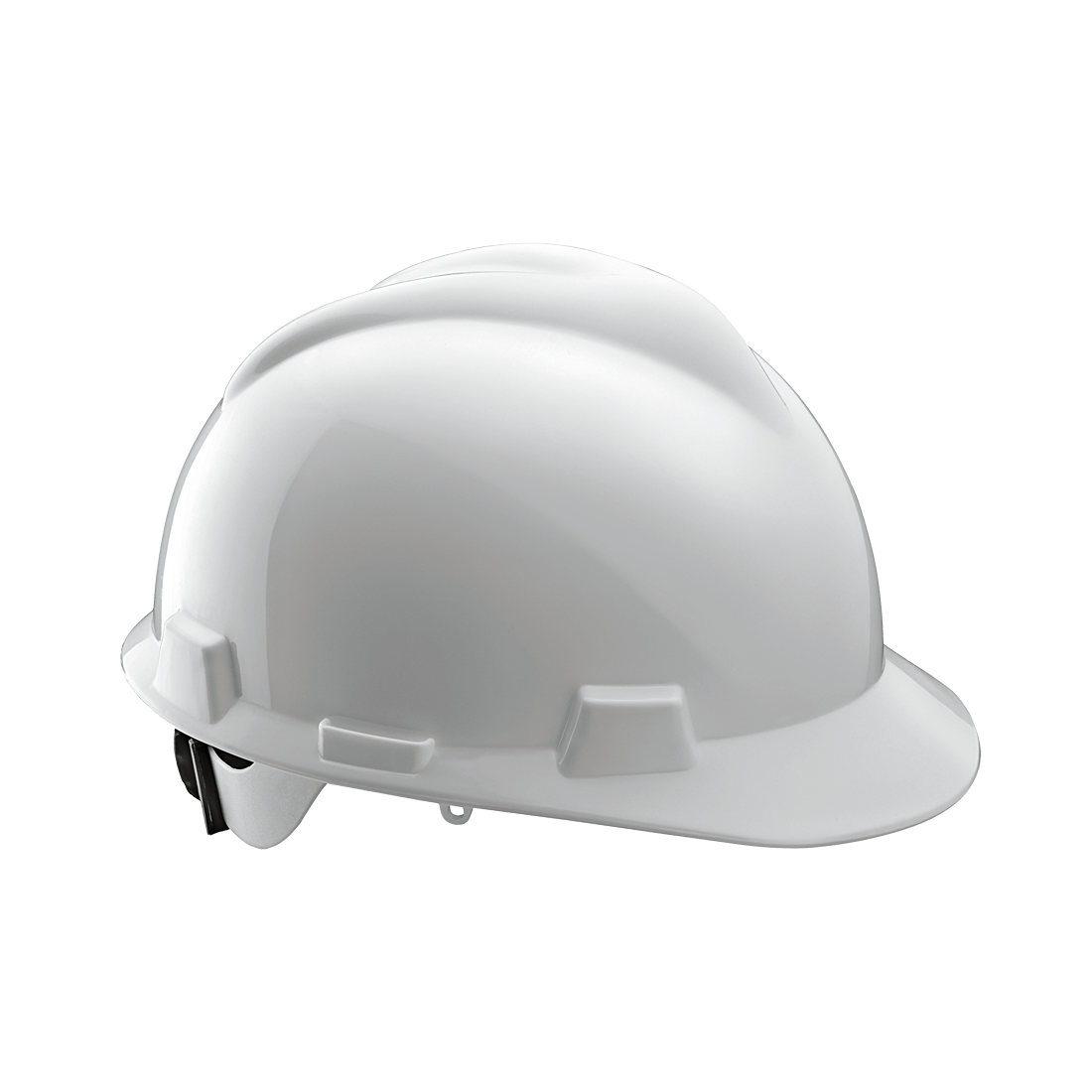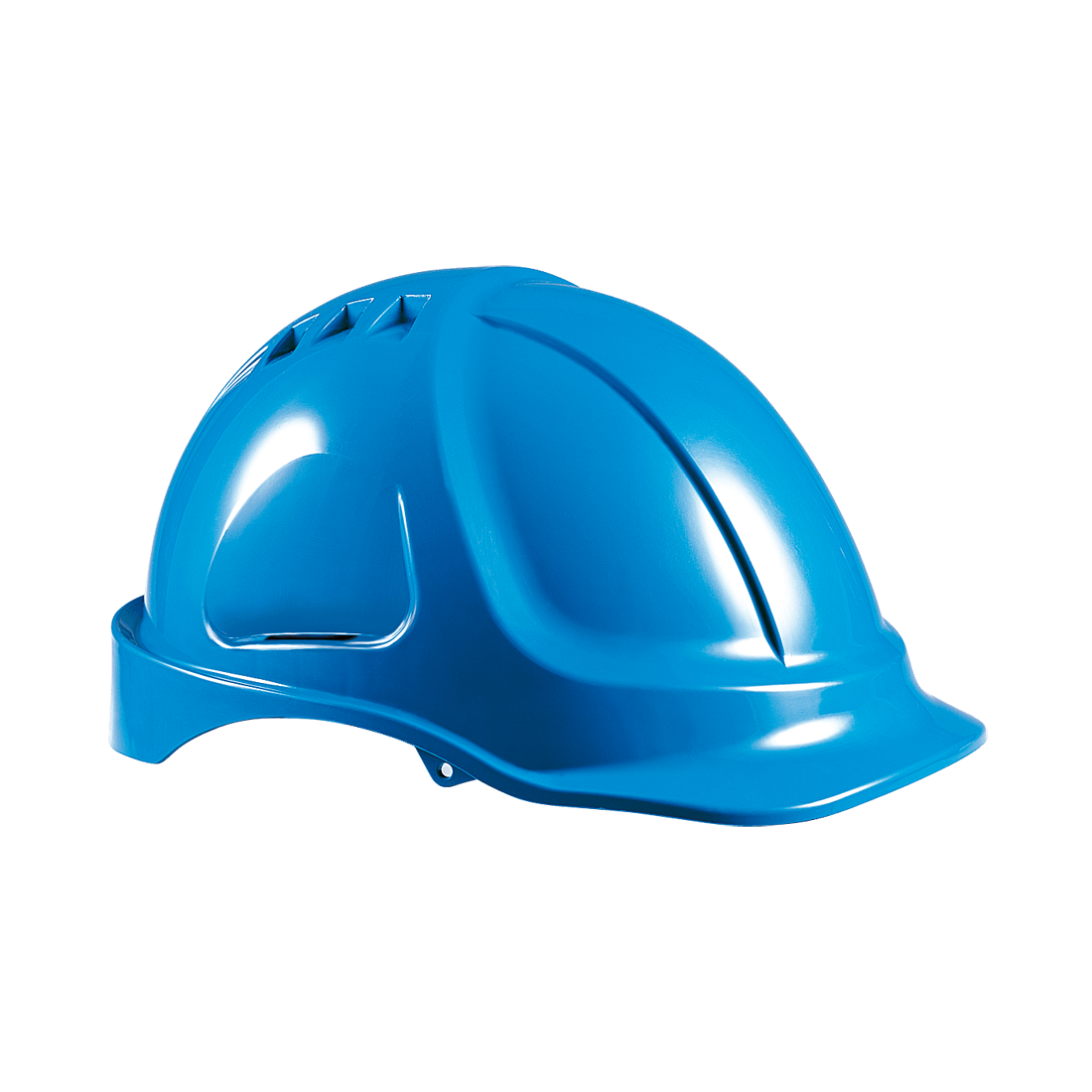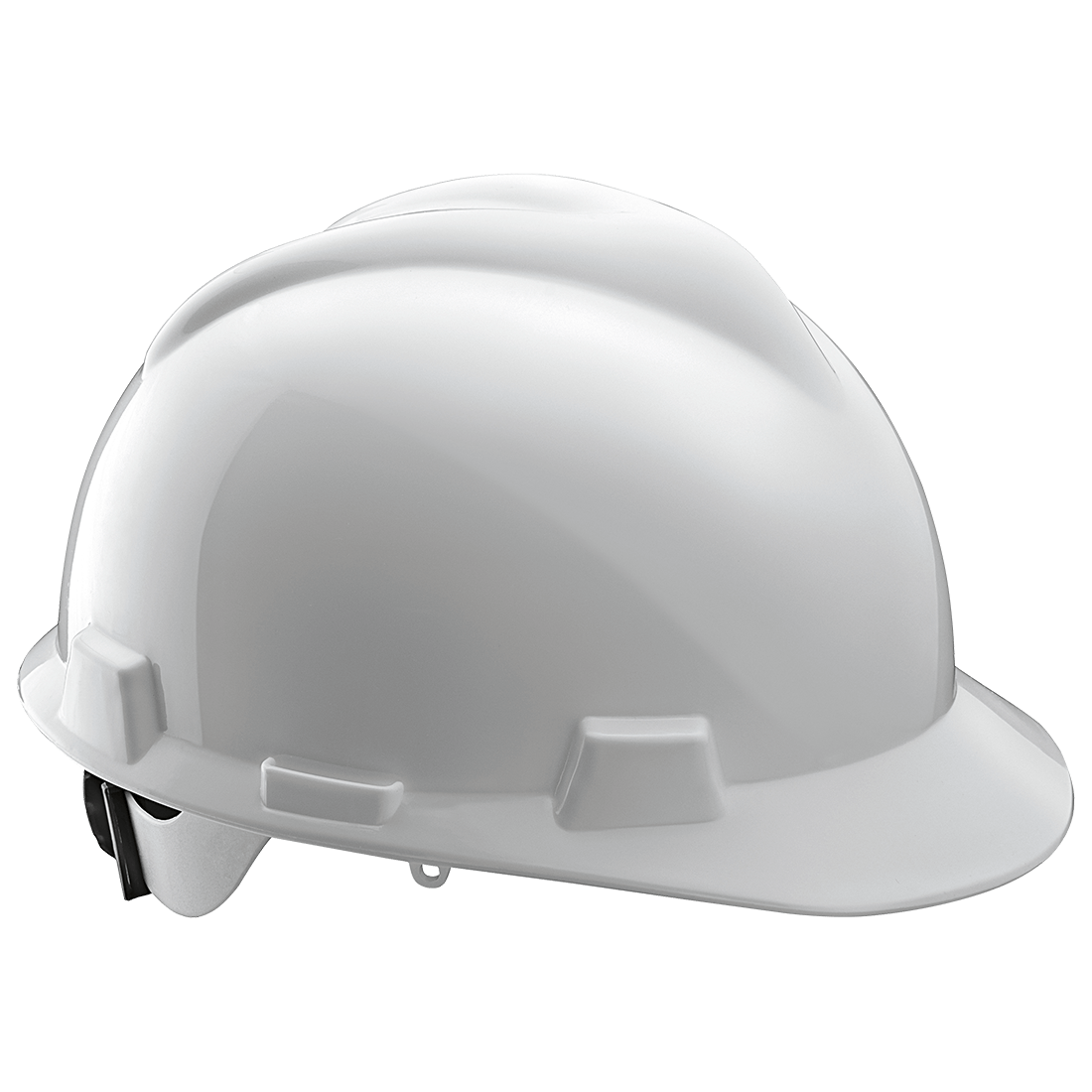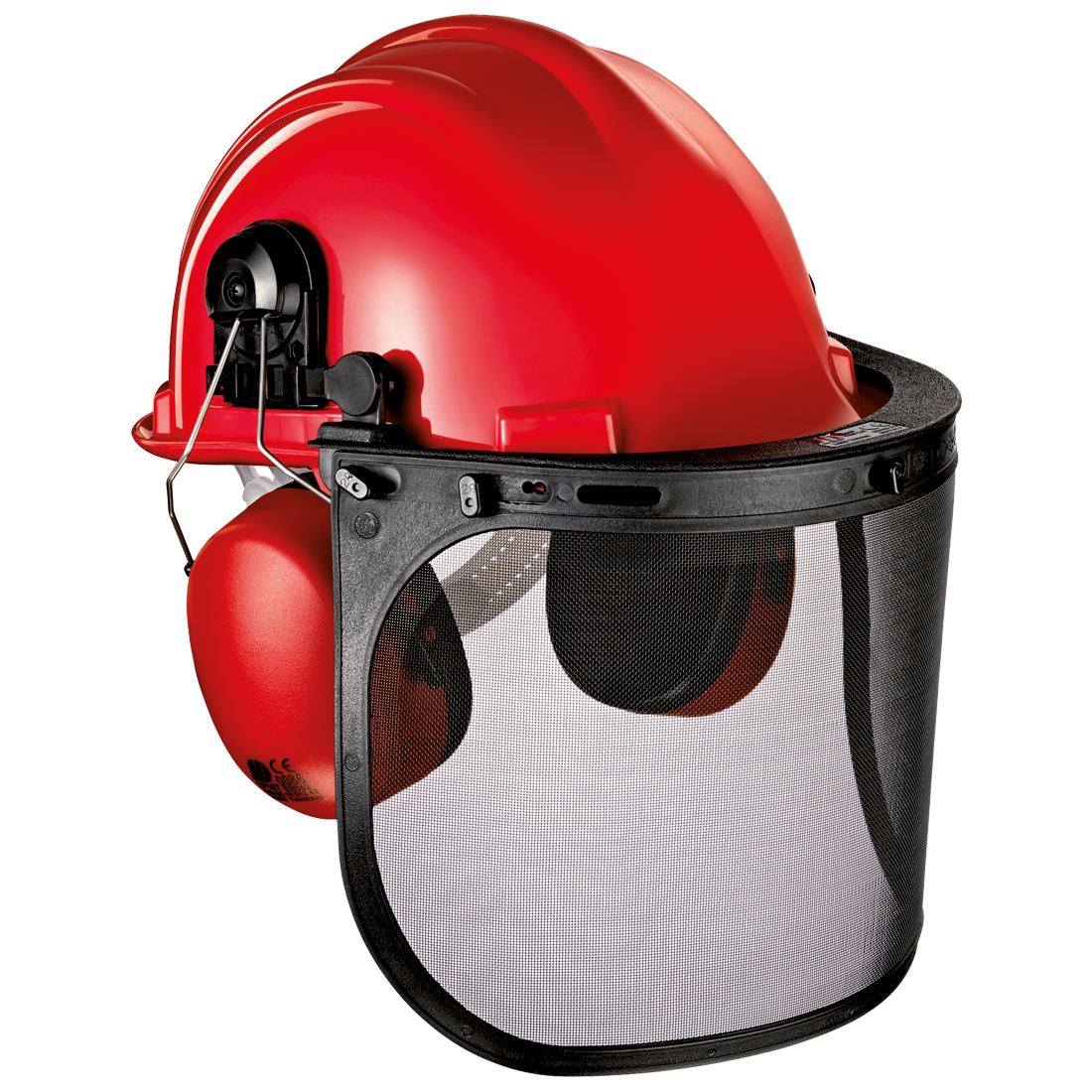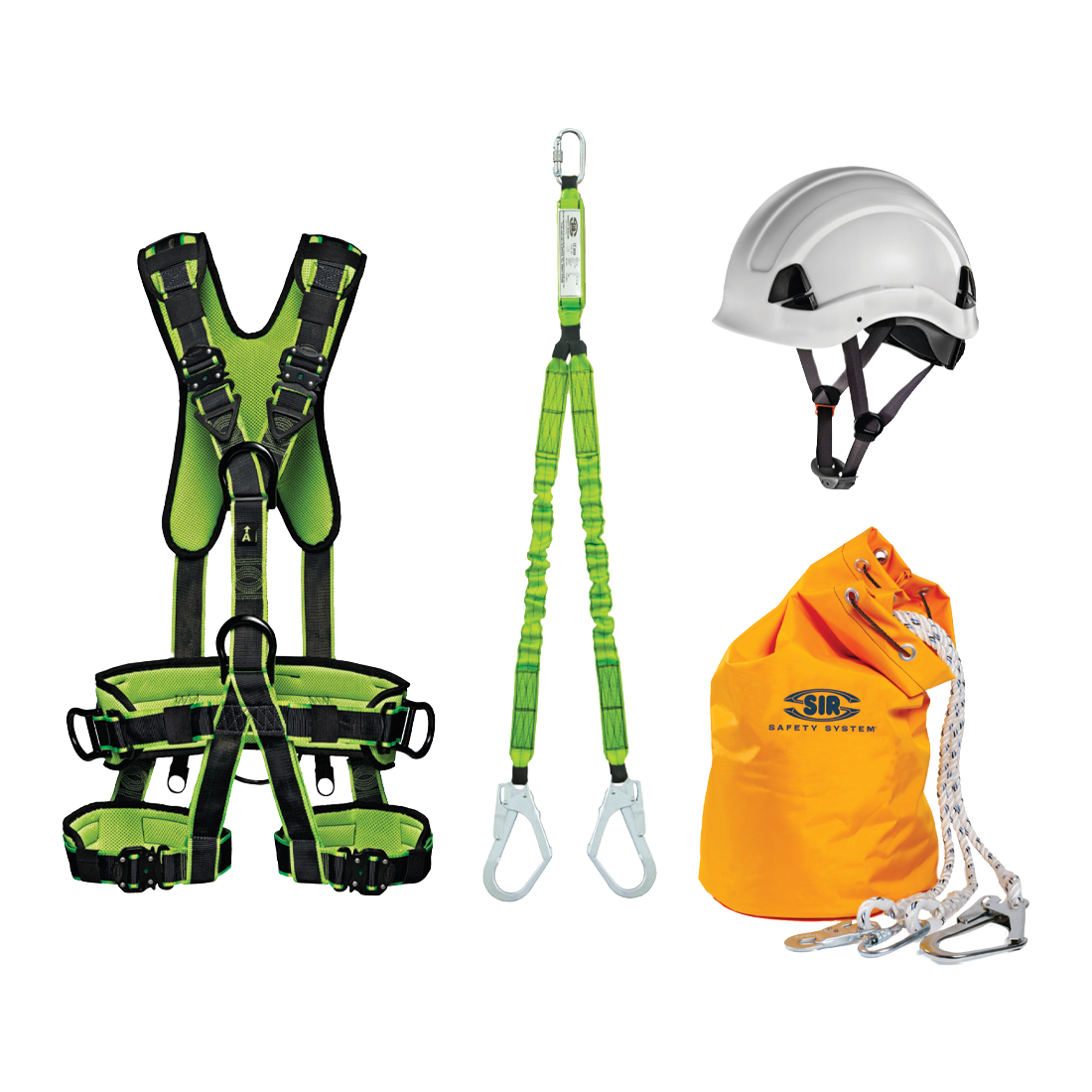The EN 397 standard specifies physical and performance requirements, methods of test and marking requirements for industrial safety helmets. Industrial safety helmets are intended primarily to provide protection to the wearer against falling objects and consequential brain injury and skull fracture. The main characteristics that distinguish these protective devices are: the capability of absorbing blows, puncture resistance, resistance to rain and sunlight, resistance to chemical agents and flammability, dielectric properties.
The requirements are as follows:
Impact resistance: force transmitted to the head ≤5.0 kN with impact energy 49 J (a mass of 5 kg falling from a height of 1 metre).
Penetration resistance: no penetration with impact energy 29 J (a mass of 3 kg falling from a height of 1 metre).
Flame resistance: no damage after exposure to the flame for 5 seconds;
Resistance to low temperature (-20 °C or -30 °C): impact and penetration resistance at a temperature of -20 °C or -30 °C. Optional requirement.
Resistance to high temperature (+150 °C): impact and penetration resistance at a temperature of 150 °C (optional requirement).
Electrical properties (440 V AC): leakage current ≤1.2 mA at a voltage of 1,200 V AC (optional requirement).
Lateral deformation (LD) ≤40 mm and residual deformation ≤15 mm, when subject to a progressive load up to 430 N. Optional requirement.
Molten metal splashes (MM): no damage after contact with 150 g of molten iron (optional requirement).
EN 397
Products for this standard




